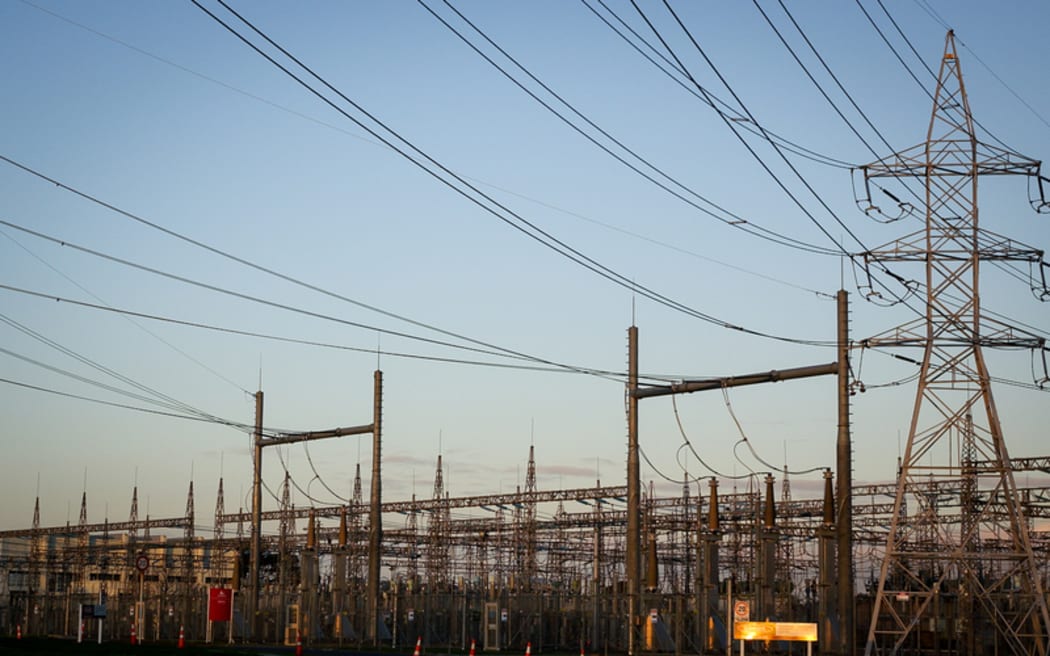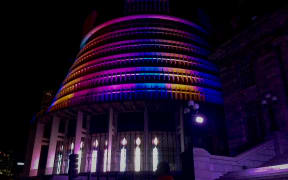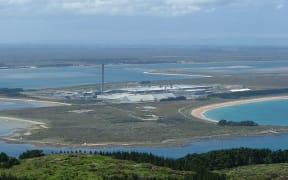New analysis by Transpower shows the upper North Island will have a lower margin of safety as its electricity capacity shrinks - but it should get by.

Contact Energy is shutting its gas-fired power station in Otahuhu today. Photo: RNZ / Lauren Baker
The analysis comes as Contact Energy shuts its gas-fired power station in Otahuhu today and Mighty River Power approaches the end of gas-fired generation at Southdown in south Auckland at the end of the year.
The two developments will take 540 megawatts out of the system and Transpower wanted to know what effect this would have on the region's energy security.
Its concern was sharpened by the fact that the clock is ticking for two other units at Huntly, which will take another 500 megawatts out of the system in 2018.
The study found that the Upper North Island will cruise by this summer and even survive expected high demand for electricity next winter.
But it will be sailing close to the wind in the event of a major outage.
This is based on the so-called N1 method of analysing emergencies.
This examines what would happen if the biggest power failure that can happen does happen.
The report said the Upper North Island would then depend on the soon-to-be terminated Huntly units to get by.
It said if those units did not have another three years to run, then the Upper North Island would be 20 megawatts short.
The issue raises question marks over how well New Zealand will fare when the Huntly plants finally close down.
Transpower plans to publish more analysis of this matter in November.
The development comes as Meridian Energy says there might need to be another power plant built in 2019, which is earlier than previous estimates.
But even this prediction could be overturned depending on how long Southland's aluminium smelter keeps on working.





